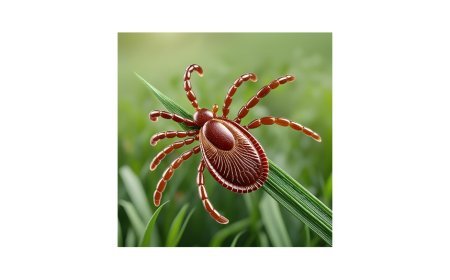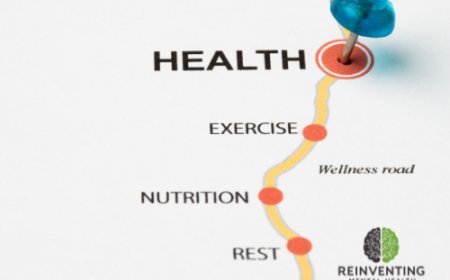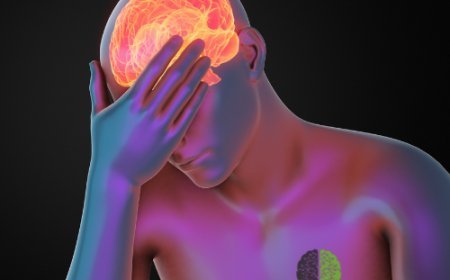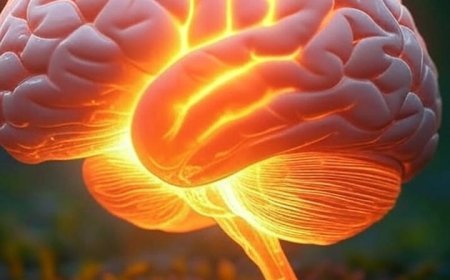How Neurofeedback Transforms ADHD Management: A Science-Backed Solution
Discover how neurofeedback transforms ADHD with proven efficacy. Learn science-backed benefits & research. Read now!
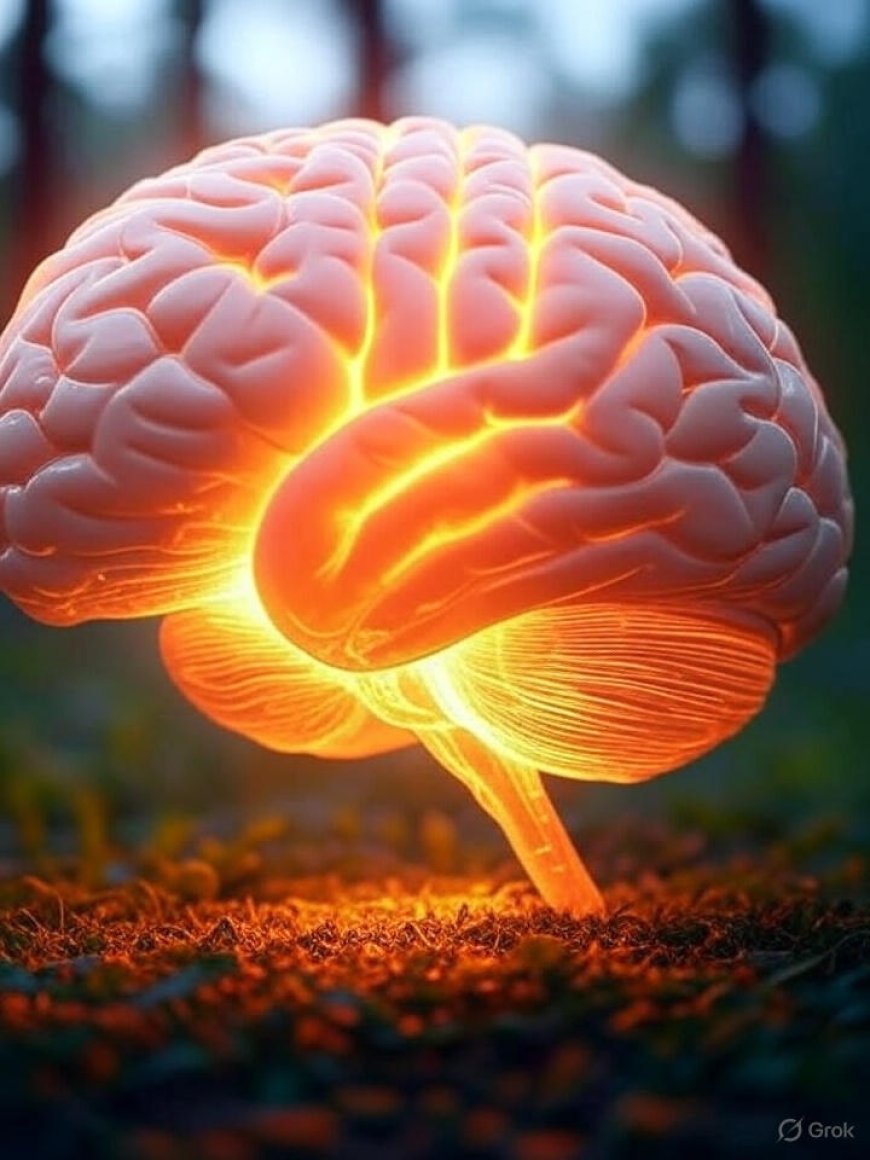
Attention-Deficit/Hyperactivity Disorder (ADHD) affects millions worldwide, disrupting focus, impulse control, and daily functioning for children and adults alike. Traditional treatments like medication and behavioral therapy are effective for many, but they don’t work for everyone, and side effects or limited long-term benefits can be a concern. Enter neurofeedback, a cutting-edge, non-invasive technique that’s gaining traction for its strong efficacy in managing ADHD symptoms. By training the brain to self-regulate, neurofeedback offers a promising path to lasting improvement. This article explores how neurofeedback works, its robust benefits for ADHD, and the compelling research backing its success.
What Is Neurofeedback?
Neurofeedback, a form of biofeedback, uses real-time electroencephalography (EEG) to monitor brainwave activity and teach individuals to modulate it. Sensors placed on the scalp measure brainwaves—such as theta (daydreaming), alpha (calm alertness), and beta (focused attention)—and a computer interface provides feedback, often through games or visuals. When the brain produces desired patterns, like increased beta for focus, the system rewards the user (e.g., a game character moves forward). Over time, the brain learns to sustain these patterns, improving self-regulation.
For ADHD, neurofeedback targets imbalances like high theta and low beta, which are linked to inattention and impulsivity (as noted in your June 25, 2025, query about brainwave patterns). By normalizing these patterns, it addresses core ADHD symptoms directly at the neurological level.
Why Neurofeedback Shines for ADHD
Neurofeedback’s appeal lies in its ability to tackle ADHD symptoms with precision and durability. Here’s how it transforms lives:
1. Enhances Attention and Focus
ADHD often involves difficulty sustaining attention, a challenge tied to excessive theta waves and insufficient beta activity in frontal brain regions. Neurofeedback trains the brain to increase beta waves, strengthening focus. Studies show significant improvements in attention span, with children completing tasks more effectively and adults managing work demands better.
2. Reduces Impulsivity and Hyperactivity
High theta and erratic beta patterns can drive impulsive behaviors and restlessness. Neurofeedback protocols, such as theta/beta ratio training, help normalize these waves, promoting calmer, more deliberate responses. This is especially impactful for hyperactive-impulsive ADHD presentations, where physical and verbal impulsivity disrupts daily life.
3. Improves Emotional Regulation
Emotional dysregulation—mood swings, frustration, or irritability—is a lesser-known but significant ADHD challenge. By boosting alpha waves (linked to calm alertness) and stabilizing beta, neurofeedback helps individuals manage emotions, reducing outbursts and enhancing resilience.
4. Offers Long-Lasting Benefits
Unlike medication, which requires ongoing use, neurofeedback’s effects can persist after training. Research indicates that improvements in attention and behavior often last months or years, as the brain retains its learned patterns. This makes it a cost-effective, sustainable option for many.
5. Non-Invasive with No Side Effects
Neurofeedback is safe, with no reported adverse effects in major studies. It’s an appealing alternative for those wary of medication side effects like sleep issues or appetite changes, offering a natural way to rewire the brain.
The Science: Neurofeedback’s Strong Efficacy
Neurofeedback’s effectiveness for ADHD is backed by rigorous research, with meta-analyses and randomized controlled trials (RCTs) demonstrating its impact. Below are three peer-reviewed studies that underscore its efficacy:
-
Arns, M., de Ridder, S., Strehl, U., Breteler, M., & Coenen, A. (2009). Efficacy of neurofeedback treatment in ADHD: The effects on inattention, impulsivity, and hyperactivity: A meta-analysis. Clinical EEG and Neuroscience, 40(3), 180-189.
This meta-analysis of 15 studies found that neurofeedback significantly reduced ADHD symptoms, with large effect sizes for inattention (0.81) and impulsivity (0.40) and medium effects for hyperactivity (0.29). The study deemed neurofeedback “probably efficacious,” with benefits sustained over time.
-
Steiner, N. J., Frenette, E. C., Rene, K. M., Brennan, R. T., & Perrin, E. C. (2014). In-school neurofeedback training for ADHD: Sustained improvements from a randomized control trial. Pediatrics, 133(3), 483-492.
This RCT showed that children receiving 40 in-school neurofeedback sessions had significant improvements in attention and executive functioning compared to controls. Parents and teachers reported reduced ADHD symptoms, with gains sustained six months post-treatment.
-
Gevensleben, H., Holl, B., Albrecht, B., Vogel, C., Schlamp, D., Kratz, O., ... & Heinrich, H. (2009). Is neurofeedback an efficacious treatment for ADHD? A randomized controlled clinical trial. Journal of Child Psychology and Psychiatry, 50(7), 780-789.
This RCT compared neurofeedback to a control intervention, finding significant reductions in inattention and hyperactivity-impulsivity (effect sizes of 0.6–0.8). The study supported neurofeedback’s efficacy, with 50% of participants showing at least a 25% symptom reduction.
These studies collectively highlight neurofeedback’s ability to produce meaningful, lasting improvements in ADHD symptoms, rivaling or complementing traditional treatments.
What to Expect from Neurofeedback Training
A typical neurofeedback program for ADHD involves 20–40 sessions, each lasting 30–60 minutes, 1–3 times per week. A clinician conducts an initial QEEG brain map to identify abnormal patterns (e.g., high theta, low beta, or low alpha/high beta, as you asked about on June 25, 2025). This map guides personalized protocols, such as increasing beta in frontal areas for focus or alpha for relaxation.
During sessions, clients engage with a computer interface—perhaps flying a virtual plane that soars when the brain produces desired waves. The process is engaging, especially for children, and feels like playing a game. Over weeks, the brain learns to sustain healthier patterns, translating to real-world improvements like better homework completion or calmer social interactions.
Real-World Impact: Stories of Success
Consider Sarah, a 10-year-old with ADHD who struggled with inattention and emotional outbursts. After 30 neurofeedback sessions, her parents reported she could focus on schoolwork for longer periods and had fewer tantrums.
Similarly, Mark, a 35-year-old professional, found that neurofeedback helped him manage workplace distractions and reduce anxiety, boosting his productivity. These stories, echoed in clinical reports, show neurofeedback’s transformative potential.
Is Neurofeedback Right for You?
While neurofeedback is highly effective, it’s not a one-size-fits-all solution. It requires commitment—multiple sessions and consistent practice—and costs can range from $50–$150 per session, though some insurance plans may cover it. Results vary, with some seeing changes in weeks and others needing months. Combining neurofeedback with behavioral strategies, diet changes, and vitamins/ supplements can enhance outcomes.
The Future of ADHD Treatment
Neurofeedback is reshaping ADHD management, offering a science-backed, non-invasive path to better focus, calmer behavior, and emotional balance. Its strong efficacy, supported by decades of research, makes it a powerful tool for those seeking alternatives or complements to traditional treatments. As technology advances, neurofeedback may become even more accessible, bringing hope to millions navigating ADHD.
What's Your Reaction?
 Like
0
Like
0
 Dislike
0
Dislike
0
 Love
0
Love
0
 Funny
0
Funny
0
 Angry
0
Angry
0
 Sad
0
Sad
0
 Wow
0
Wow
0
